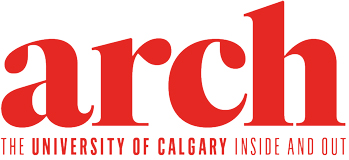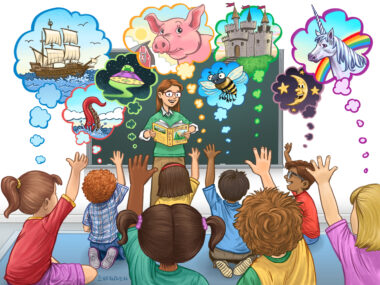Written by Christina Frangou
Illustration by Valéry Goulet
By the time physicians finish their training, they know death more intimately than most. They see the many ways people die — quietly, violently; young, old; unexpected, long-awaited. They see good deaths and bad deaths, and deaths made better or worse by the actions of other people.
Dr. Roberta Lee, MD’19, a resident in family medicine at the Cumming School of Medicine (CSM), witnessed a patient die after receiving CPR, when every person in the room knew survival was unlikely — but tried just the same. She has watched patients die in pain and unable to breathe, and others die at peace, with their pain at bay and their families at their side. There’s often a pit in her stomach in these moments, she says.
Families ask questions like, “Do you think I should stay?” and, “What if tonight’s her last night?” as their loved one drifts closer to the end of life. Lee struggles to answer. It’s never perfectly predictable; bodies and minds and even families don’t always do what’s expected. Caring for someone through death is hard, uncomfortable and uncertain work. Even so, Lee wants to be there. “I want to learn and I want to know,” she says.
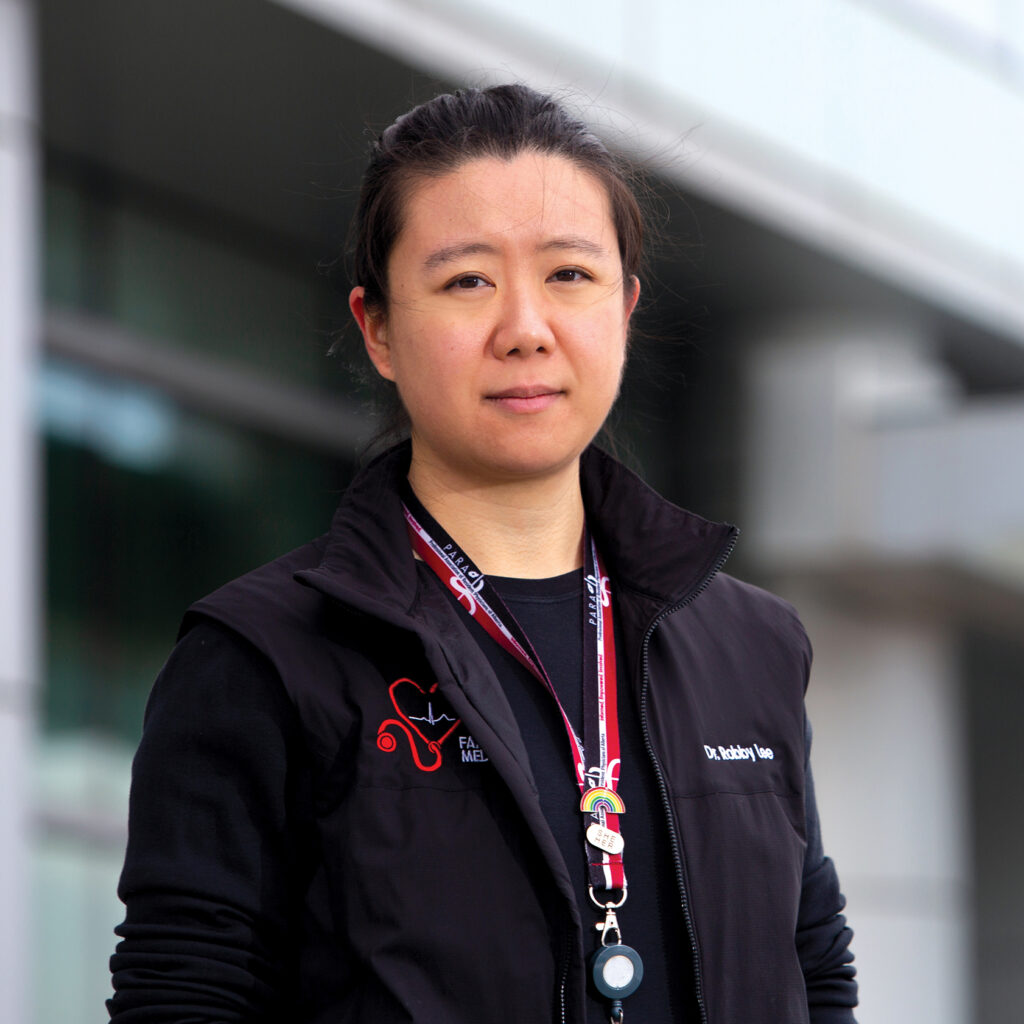
Since Canada’s first medical education program opened in 1824 at what later became McGill University, medical education has focused on the preservation and extension of life. Over the last 50 years, the philosophy has expanded to include the idea that medicine could also make dying better. In 1975, Canadian surgeon Dr. Balfour Mount coined the term “palliative care” to describe the kind of care that provides someone with relative comfort as they are dying. End-of-life care is now a mandatory part of medical training.
Another big change came to medical education in 2015 when the Supreme Court of Canada voted unanimously to overturn a ban on physician-assisted death. Federal legislation supporting medical aid in dying followed one year later. The court’s decision and subsequent legislation changed doctors’ relationship with dying: they could now legally assist in a patient’s death. With it, medical schools faced a new challenge: how to teach medical trainees to aid in someone’s death, when many in the house of medicine are uncomfortable with
the concept.
Medical Assistance in Dying (MAID) came to Canadian health care through the courts, on behalf of patients who’d lobbied for decades. In the early 1990s, Sue Rodriguez, a woman from Victoria, B.C., who suffered from amyotrophic lateral sclerosis (ALS), submitted a challenge to the Supreme Court of Canada, arguing that the section of the Criminal Code prohibiting assisted suicide was constitutionally invalid. Rodriguez wanted the legal right to have a physician help her to end her life at a time of her choosing.
Rodriguez lost her case in September 1993 but, five months later, she had an assisted death anyway, aided by an anonymous doctor in the presence of NDP MP Svend Robinson. Nationally and internationally, public attitudes about assisted dying shifted slowly over the next two decades and, by 2014, three countries, three American states and the province of Quebec had legalized some form of medical aid in dying. The Canadian Medical Association, after debate, issued a statement that physicians could follow their conscience when deciding whether or not to provide medical aid in dying, if the practice was made legal.
In the summer of 2016, more than a year after the Supreme Court ruled that Canada’s Criminal Code must be amended so doctors could help people to die if they had incurable medical conditions, the federal government passed the MAID Act. It laid out the eligibility criteria for a medically assisted death. MAID became an offering within every province’s health-care system, but doctors and nurse-practitioners, as laid out by the legislation, are not compelled to participate in assisted deaths.
Divisions remain among physicians to this day. “At the core of it, there is a difference of opinion about what the definition of medicine is,” says Lee. Some believe MAID violates their concept of medicine; they are opposed on philosophical or religious grounds. Others, while unwilling personally to contribute to a medically assisted death, are not conceptually opposed to MAID as an act of medical care. And then there is another, smaller group of physicians who’ve chosen to become MAID providers or actively participate in some part of the process. They believe that assisting a patient to die, when it is an eligible patient’s wish, fulfils their oath to alleviate suffering.
Dr. Beverly L. Adams, BA’83, MD, senior associate dean of education at CSM, supports physicians’ right to hold their personal views, but points out that those views cannot be imposed on patients. “It’s about the patient and patient autonomy,” she says.
Generations ago in medicine, perhaps a doctor’s opinion might have trumped all others, but no longer, Adams says. Modern medical ethics recognizes the need to put patients’ values at the forefront of decision-making about their medical care. “A good physician always sees things from a patient’s perspective,” she says. “We shouldn’t be paternalistic and tell them they must suffer.”
Adams supports MAID. She sees it as an act of care — a new variation on the way physicians have long sought to ease intolerable suffering of their patients. When she trained in the 1980s, she remembers coming to the realization that even state-of-the-art treatments can cause anguish and misery. “There is a lot of suffering in medicine,” she says. Adams completed a year of internship and then a year of internal medicine training and often looked after patients who were dying. “Physicians have always been concerned about patients’ pain and suffering and would maximize analgesia appropriately, especially near the end of life.”
Adams has not been present when someone has died by MAID, not as a provider nor as a witness. A psychiatrist, she cares for patients with mental illness who are not eligible for MAID under the present legislation. Mental illness does not meet the criteria of being clearly associated with a reasonably foreseeable death, despite the fact that many of those afflicted die prematurely. “Severe mental disorders should not be excluded from consideration for MAID — however, I am concerned we have not done enough to provide appropriate access to evidence-based treatment for mental illness,” she says. “I would like to see more investment in these resources and ensure a patient has had appropriate care prior to this consideration.”
As the person responsible for overseeing medical education at UCalgary, Adams says patients have a right to a medically assisted death, so medical students must know about it; they must know what MAID is and who is eligible, and the ethical considerations around it such as the need for fair access. “It’s part of the curriculum. We need it to be covered,” she says.
Students who are opposed to MAID don’t have to participate in assisted deaths, but they need to understand that capable patients should be able to make their own decisions about their bodies, Adams says.
“In med school, they teach you, ‘First, do no harm,’ right? Maybe that’s why some people grapple with [MAID],” says Adams. “But we also talk about humanism in medicine.”
In medical school, students learn about MAID through an ethics course that covers the evolving legal status of MAID and resources available for patients and physicians in Alberta. Students talk through a series of scenarios, breaking down the ethical and legal requirements in each case. For instance, a man with incurable cancer, depression and anxiety — would he be eligible for MAID? A 15-year-old boy with an inherited muscular disease who asks his long-term pediatrician about MAID — would he be eligible? And what, as a physician, might one say?
Once they graduate from medical school, physicians progress to residency, years of hands-on, in-depth training in their area of specialty. It’s here that new doctors get most of their exposure to patients who are considering MAID, particularly physicians training in palliative care, family medicine or internal medicine.
Dr. Lee majored in philosophy as an undergraduate and came to medical school interested in the practical ethics of medicine, including patient autonomy. She felt patients had a right to make decisions about their bodies, even though she was uncertain about how she felt about participating in MAID or witnessing it.
During her residency in family medicine, she worked with a physician who mentioned that she did MAID assessments and procedures. When the physician asked if Lee wanted to be present when a patient received MAID, Lee said yes. She felt she wanted to know what MAID was like first-hand. “If it’s something my patients might want, I should know about it,” she says.
The patient, an elderly man, seemed genuinely happy that Lee was there to learn, Lee recalls. She met him at his home on the day of his planned death. “We walked in and he was joking. He had a friend with him and they were laughing, they were reminiscing,” she says. The man, who had advanced cancer, was at peace with his decision. Lee waited for the pit in the stomach as they went through informed consent and the procedure began, but it never came. “There wasn’t that air of futility that sometimes accompanies a bad death. It felt like he was choosing his path,” she says.
Learners are extraneous to the process of MAID — they don’t have to be there, Lee points out. Their presence depends on the willingness of patients to allow one more witness into the room as they pass from life to death. For patients and families, a person’s death is a momentous event in their histories. It doesn’t need unwilling witnesses, says Lee. That’s why she believes that not all physicians need to see MAID first-hand as a learning experience.
Lee calls being at the bedside for an assisted death a privilege, and one that should be reserved for the physicians most interested in providing MAID as part of their medical practice. She compared the experience to that of asking patients whether a medical student can try
an IV on them for the first time.
“The suffering and the generosity required for [a patient to let a student start an IV for the first time] are different for someone allowing you into their home to witness their last moments,” she says.
Lee hasn’t decided if she will participate in MAID as part of her medical practice after she finishes training. If a physician is going to be part of MAID, they need to be prepared and capable emotionally, spiritually and psychologically of providing MAID. “It’s not clear to me that I’m able to do that yet,” she says.
Dr. Adam Neufeld, MD, applied to medicine because he wanted human connection, something deeper than if he’d stayed in research or gone into sales.
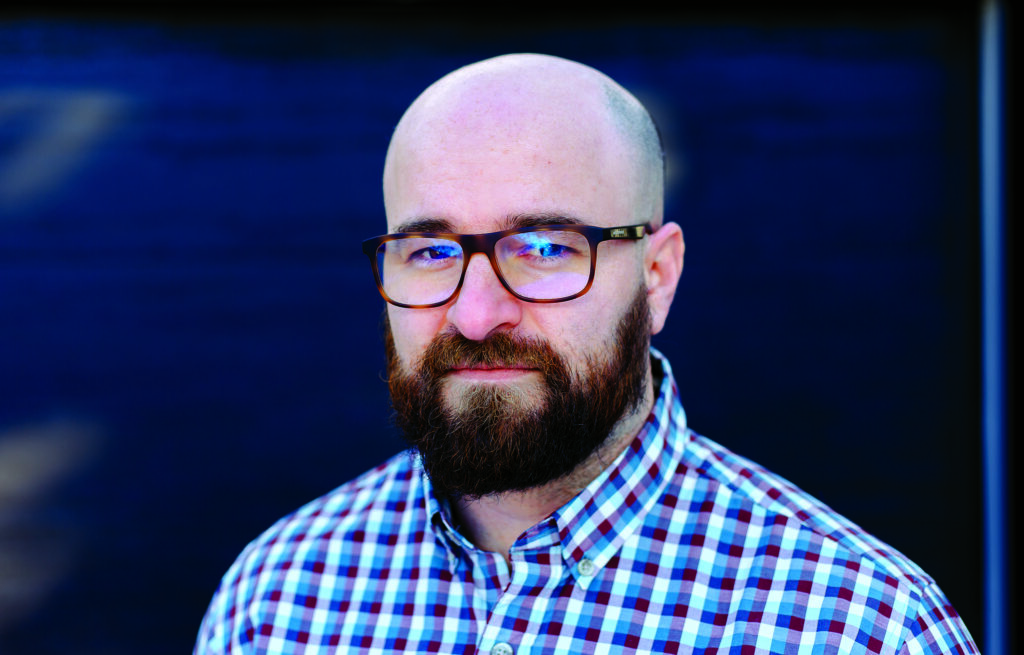
He likes the idea of caring for people of all ages, going through the whole spectrum of life experiences — birth, death and all the messy and sweet parts in between. Neufeld, who finished medical school in Saskatchewan before coming to Calgary for residency, has always been supportive of MAID.
“I’m very happy that this exists as an option because I think it gives people dignity, options and choices, which really is giving them autonomy at a stage in their life that can be very scary,” says Neufeld, who also has a master’s degree in neuroscience from Carleton University.
During a rotation on palliative care medicine, Neufeld, a first-year resident in family medicine at CSM, was asked by several patients about MAID. They didn’t always want to be referred for an assessment, but wanted to know about the process — what did he think of it? Were they eligible? How did the process work? Sometimes, patients raised the subject of MAID because they were afraid of what lay ahead for them. Fear is not unusual in palliative care discussions; patients are afraid of “being alone, being in pain, dying and leaving family behind, being afraid for them,” he says.
Neufeld says it’s hard to sit in front of a patient with intractable health issues who wants MAID but cannot legally access assistance in dying because they’re ineligible. “In [that] position, we feel a little helpless,” he explains. “Who are we to say this person should probably qualify and someone else doesn’t?” He applauds the ongoing re-evaluation by the federal government of how MAID is working in Canada, taking into account perspectives of ethicists, experts, patients and physicians. “These are challenging decisions to make, and not overnight decisions.”
Neufeld has been present as patients died by MAID. Their deaths are unlike many other deaths in medicine; patients often express a sense of relief, he says. “I think it gives them a sense of closure or peace, that they can sort of be the master of their own ship.”
From his perspective, MAID is a rare chance to be there with a patient through the end of life. With other patients, he’d said goodbye at the end of a day and gone home to think about their case overnight, dreaming up something they could talk about the next day or add to the care plan. But, in the morning, the patient’s name was no longer on his list of patients because they’d died overnight. “It’s a bit of an adjustment every time that happens,” Neufeld says. Otherwise, he feels the experience of being someone’s doctor as they seek out an assisted death is the same as caring for any patient going through a challenging time. A physician’s role is to get to know who a person is, what their fears and values are, and to provide the kind of care that is as close to what they want as possible, he explains. “Whether that’s MAID or [not] doesn’t change anything for me,” he says.
Dr. Lauren Bilinsky, MD, a fourth-year CSM resident in family medicine and public health, came to medicine after majoring in chemistry and Canadian studies as an undergrad. For her, the humanities had revealed experiences of Indigenous peoples, immigrants and refugees to Canada. “And, through all these discussions, equity became very, very important to me,” she says.
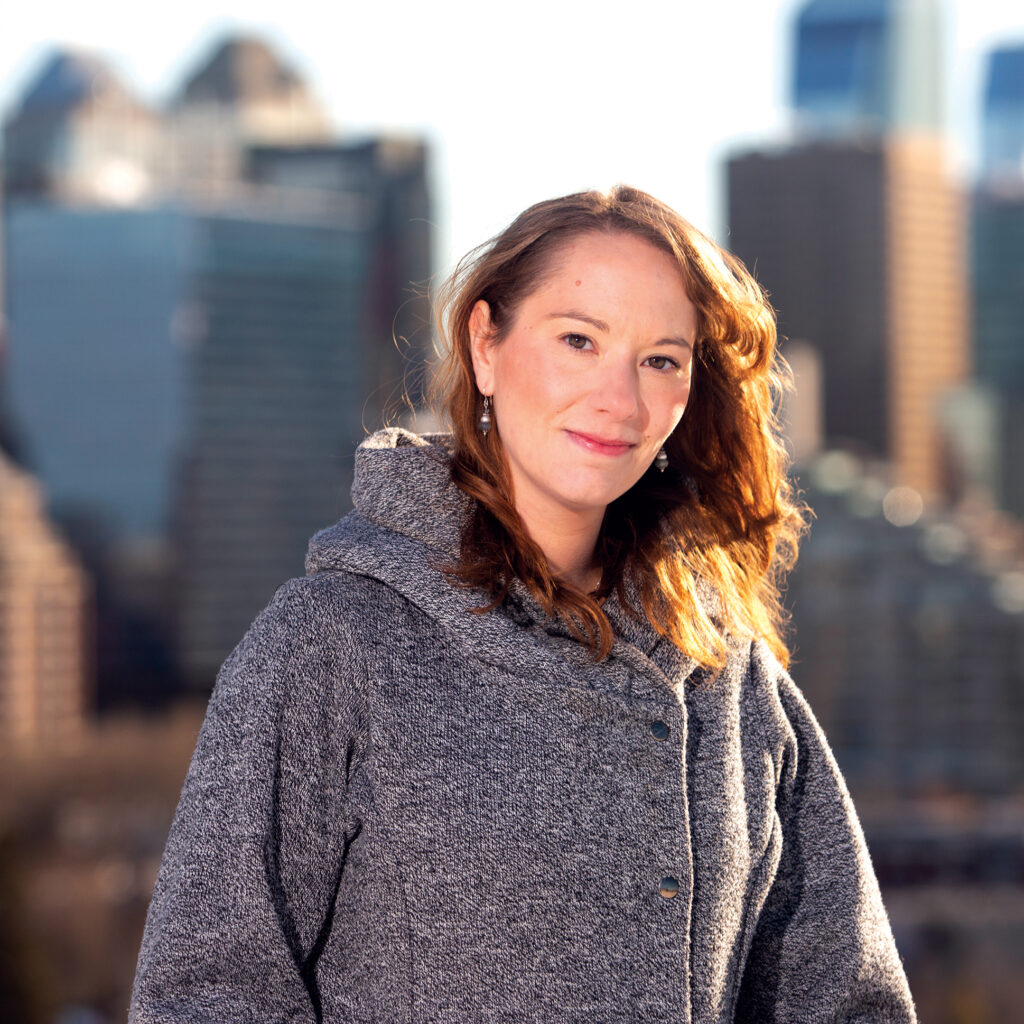
As a physician, she wants to address inequities, including in end-of-life care. Across Canada, care for the dying is a patchwork of unevenly distributed services that are not always accessible when patients need it, particularly for people who live in rural areas, or are less advantaged socially or economically,” Bilinsky says.
Rural areas are less likely to have the same access to palliative care services like hospices, and people who have severe illness or nearing the end of their life may not comfortably travel long distances for care. In fact, relatively few Canadians receive formal palliative care outside hospitals: in Ontario and Alberta, fewer than one in six people who died in 2016-2017 received publicly funded palliative home care, according to a 2018 Canadian Institute for Health Information report.
“MAID and palliative care are so important and are not equitably accessible across the country for many reasons,” Bilinsky says. “Sometimes there isn’t somebody available or trained, specifically for our rural, remote or northern populations. But I think we also really need to dig into some other conversations about equity.”
Diversity, inclusivity and racism all need to be explored as possible barriers to end of life care, she says.
In her own family, Bilinsky has seen how good end-of-life care makes a difference to patients and their families; her grandfather died in hospice with his daughter at his side and Bilinsky, who was in Nova Scotia doing her undergrad degree, watching over her phone.
She was in her second last year of medical school when MAID was legalized. She says she wants to help patients achieve their end-of-life goals, whatever those may be. Everybody sees dying differently and people should have an opportunity to make choices as they see fit, Bilinsky says. “Each person, each patient, each provider is going to have a different idea of what constitutes quality versus quantity of life.”
Bilinsky welcomes the ongoing and tricky discussions over MAID. “I like that there are debates and continued conversations about MAID. These are very important ethical discussions,” she says.
To date, Bilinsky has witnessed three deaths by MAID. Each followed a similar pattern. The medical team waited for the person to say they were ready. Then the team went through the consent again before injecting the different drugs. Family and friends held their breath as their loved one’s breath slowed. When they stopped breathing, their loved ones inhaled.
“Then, at all three, after a couple of minutes of crying and deep breaths, all three families started telling stories about all the wonderful times,” Bilinsky says. “There’s a moment to reflect on the sadness of the situation, but also the blessings of being able to be there for each other and honour somebody’s wish for their end of life.”
Public health work has dominated Bilinksy’s waking hours throughout the pandemic, and she expects to work mostly in that area when she completes her training. But end-of-life care, perhaps including MAID, will hopefully be a part of whatever she does, she says.
In March 2021, after a year of bitter debate, the federal government passed Bill C-7. The law opens the door for more Canadians to access MAID, including those whose deaths are not “reasonably foreseeable.” For patients in this new tract, they must have a serious and incurable “disease, illness or disability,” be in an advanced state of decline and be suffering intolerably. They’re required to go through a minimum 90-day period between their first assessment for MAID and the day of the procedure.
The bill also gives the federal government two years to come up with guidelines that would allow people to seek MAID on the basis of a mental disorder.
How changes will play out in hospital rooms, hospices and patient homes is unclear. But they will not affect how students and residents are trained to help patients who seek MAID, says Adams.
“The principles are still the same,” she says. “You’re paying attention to a patient’s pain and suffering.”
